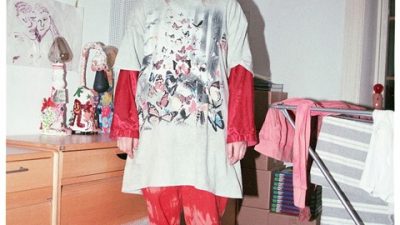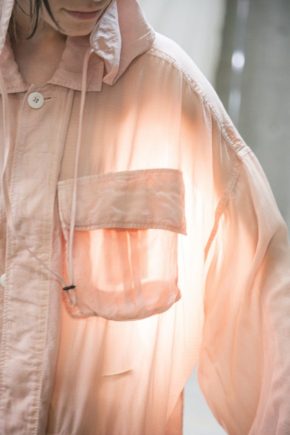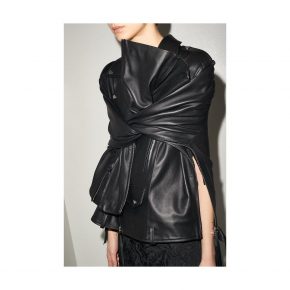Dissertation on Contrary Warriors

I am always thinking about how I want to do something exciting. Something where suddenly you realize there are so many ideas flowing and just thinking about them is fun.
Of course I am doing something creative, however chased by the daily schedule I often find myself thinking in my head about the business and culture.


I thought of it one day when I was doing some design work. I’m going to open our first American store in Santa Fe, New Mexico. Not in New York, not in Los Angeles, and not in San Francisco, but Santa Fe.
Within walking distance from the main plaza, a small Victorian house, hanging a handmade sign that we made, and I’m also going to sell some of my favorite furniture.
The ideas just don’t stop.



I want a handmade wash paper lantern in there, and I also want to place a folding screen from the Edo period with Elephants depicted on it that I saw previously and couldn’t stop thinking of. I’m also going to sell folk craft objects that I have collected from all over the world. Handmade folk craft objects deeply relates to the products that we make. Also antiques that have inspired me, I’m going to sell them with the WMV and visvim products we made.
I wanted to share this exciting idea with my wife Kelsi before I explained everything to my team.
After I finished telling her my idea, she said to me,
“As I was listening to you, I was reminded of the Contrary Warriors.”




“Contrary Warriors”
Amongst the Plains Indians of North America existed a group of warriors known as “Contrary Warriors”.
When going to battle these warriors would show up riding backwards on their horses, and when greeted with a “hello” would answer with a “good bye”. The people who first observed these warriors could not understand what they were doing, and simply thought of them as clowns.
The Contrary Warriors wanted to challenge the widespread stereotypes that existed in the tribes, purposefully practicing oppositional action and knowing that their repeated subconscious actions would in fact make it difficult for others to believe just the pre-existing choices and possibilities.
I like that.
“Dissertation on Contrary Warriors”
Hiroki Nakamura
WMV VISVIM SANTA FE
222 Shelby Street, Santa Fe, NM 87501
+1 505 983 7599




Kyoto Jibari-shiki Lanterns
Historic Kyoto lantern maker “Kojima Shoten”, which was established during the Edo Kansei era (from 1789 to 1801), is located near Tofukuji Temple in southeastern Kyoto, which is known for its many picturesque scenic views such as its beautiful autumn leaves and the Honbo Garden. Dating back to when the family business was first established, Kojima Shoten has always committed to the “jibari-shiki” lantern making and is one of the few remaining “Kyoto jibari-shiki lantern” manufacturers that continues to utilize this traditional method.
A distinctive feature of Kyoto lanterns is the “jibari-style”. There are two types of lantern manufacturing methods. The first is called “makibone-shiki” (“wound bone style”) and the other is called “jibari-shiki” (“affixing style”).
The “makibone-shiki” is a method where the frame is made by winding one long, thin bamboo strip (bone) into a spiral frame. This method is optimal for mass production as it reduces the time required to make the frame, and today it is the typical method used to make lanterns. However, due to its weak intensity, the thickness of the Japanese paper that can be attached is limited, which also limits the applications of the lanterns.

On the other hand, in the traditional “jibari-shiki” method, both the bamboo used for the frame and the paper attached to the frame are relatively thick. The frame is made by fashioning single strips of bamboo into individual rings, and fixing them in place using string. This method requires a lot of time and effort, but it is extremely sturdy and can be attached with Japanese paper of varying thicknesses. The “jibari-shiki” method is conducted completely by hand and cannot be mass-produced, but you can feel the care and attention applied by the craftsmen, from the selection of each of the frames and pieces of Japanese paper used to make them.
In recent years, the demand for lanterns has decreased significantly. This has resulted in fewer “jibari-shiki” lantern manufacturers and craftsmen due to the rise of plastic lanterns or “makibone-shiki” lanterns, leaving only a select number of stores who have inherited the traditional style in Kyo

























Comments